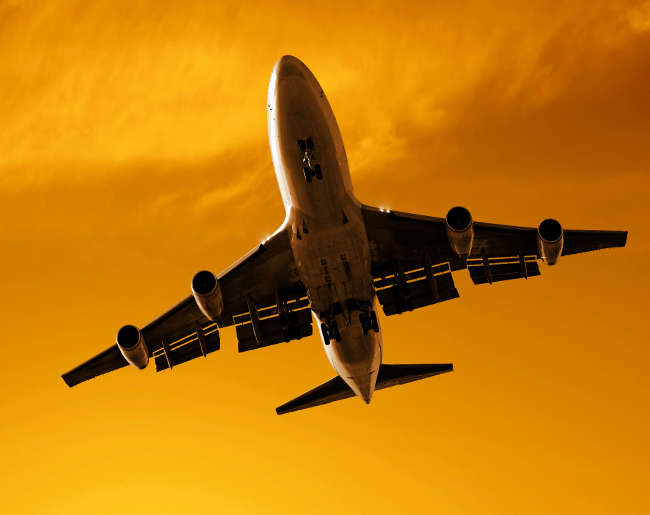Home > Insights > Publications > Shipping hazmats by air? Follow the rules or pay the price: FAA imposes substantial penalties for hazardous materials violations

The Federal Aviation Administration (FAA) is increasingly cracking down on senders of hazardous materials by air, and your company could be its next target.
Shippers and carriers of hazardous materials sent via aircraft in the United States are subject to the commercial transportation Hazardous Materials Regulations contained in 49 CFR Parts 171-79. Under these rules, shippers must properly classify, mark, label and pack hazardous goods before shipping by air. Because it may not be obvious which goods qualify as hazardous materials or what other requirements apply, the regulations often capture unsuspecting businesses, organizations and individuals.
Certain paints, spray adhesives and aerosols, batteries, skin care products, alcohol, weapons cartridges, cleaning solvents, disinfectants, dry ice, cooking oils, pesticides, compressed gasses, oily rags, salts and nail polish removers are just a few examples of common goods designated by the FAA as hazardous. Shippers and carriers of these substances by air must follow numerous special procedures to comply with applicable regulations. Not doing so could be a costly mistake.
During the last four years, the FAA penalized over 2,000 air carriers, shippers and individuals for hazardous materials violations totalling more than $31 million in civil penalties. These penalties can run into the hundreds of thousands of dollars for individual businesses. From 2010 to 2014, hundreds of shippers were penalized $35,000 or more, often for first-time or small quantity violations. With penalties on the rise, the FAA appears to be taking a more aggressive position on its enforcement of hazardous materials regulations.
Investigations often begin after a third-party notifies the FAA of a non-compliant air shipment, such as a mislabeled package or hazardous good transported in an employee’s checked luggage. After the initial investigation, the FAA will usually issue a Notice of Proposed Civil Penalty detailing the facts alleged and a proposed penalty amount. Within the last few months, several shippers were penalized hefty sums for what may appear to the novice to be innocuous violations:
- A Texas company was penalized $57,600 after its employee traveled with a quart of denatured alcohol and a can of dust-removing spray in checked baggage. The materials were discovered by the Transportation Security Administration during a routine screening.
- A logistics service provider was penalized $91,000 for sending two cans of specialty paint via overnight express aircraft. The contents leaked in transit, and the carrier reported the incident to the FAA.
- A technology company was penalized $54,000 for shipping a single 14.5-ounce can of electrical coating via a U.S. commercial aircraft. The shipment was reported to the FAA following discovery during baggage sorting.
If you receive one of these notices, or any other communication from the FAA, time is of the essence. FAA enforcement actions (along with enforcement actions that cover ground, marine, and rail transportation) require meticulous attention and handling.
Thompson Coburn’s Transportation Regulatory Practice Group has years of experience representing clients in FAA enforcement matters, negotiating settlements with the agency, and helping prevent violations from occurring in the first place. Thompson Coburn can review and revise your company’s FAA compliance procedures, train employees to avoid violations and represent you in the event you receive a notice. Don’t go it alone!
